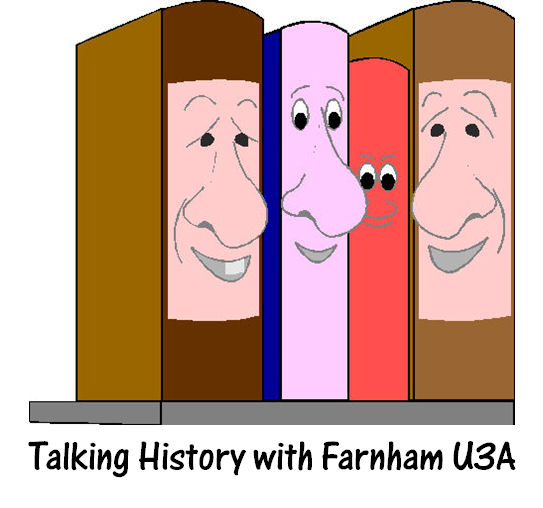Podcast: Play in new window | Download (Duration: 36:59 — 33.9MB)
Season 2019 / 2020 – Talk 17 – The perplexing history of colour
In The perplexing history of colour as prompted by Gladstone’s analysis of Homer, to give the talk its full title, Alan Freeland tells us about how colours have been described through the ages.
To view the pictures accompanying this talk:
The gallery opens in a new tab. If you wish to enlarge an image please click on the ![]() at the top right hand corner of the image.
at the top right hand corner of the image.
The use of colour words in English
Alan starts with four examples – White, Red, Black, and Blue. Pedantsmight often question if we were using the right colour words.
Purely on colour grounds then shouldn’t:
- White wine be yellow wine?
- Red Cabbage be mauve or purple cabbage?
- Black Cherries be Red Cherries?
- And the British sky is often grey rather than blue..
Alan warns us to be aware of the way we name the colour of things because it often isn’t as straight forward as it would first appear!
Colour naming survey
Before this talk members were sent a colour spectrum and asked to answer some questions from their perspective. The answers were varied but there was a distinct difference between the ladies and gentlemen.
Gladstone and Homer
In 1858, aged 49, Gladstone had already been Chancellor of the Exchequer, but not yet Prime Minister. He was the an opposition MP representing Oxford University which, until 1950, sent two MPs to parliament.
He researched and wrote a three volume, 700 page book on Homer and the Homeric Age. Alan admits to us that he has not read Gladstone’s book. He hasn’t even started it. Apparently few who start to read the book ever get beyond volume 1.
Tucked away in Volume 3 is a chapter called Homer’s perception and use of colour. Some people must have read this far, because this chapter has caused 150 years of heated academic debate and division.
This talk is about this story.
Gladstone thoroughly analysed Homer’s work from many angles. He notes very little use of colour in Homer’s writings. The use implies a very different perception of the world compared to today. He argues that Homer and the ancient Greeks saw a world much closer to black and white than our full colour view of the world.
Listen to the full story in this podcast.
Copyright and the graphics accompanying this podcast
Unfortunately it has not been possible to include some of the graphics that accompanied the original talk. Where possible similar substitutes have been included, however Berlin and Kay’s Basic Colour terms graphics are under copyright.
Follow these links are for material that cannot be published here:
-
The crayola-fication of the world: How we gave colo(u)rs names, and it messed with our brains can be found here.
- Linguistic relativity and the colour naming debate can be found here.
- Colo(u)r Naming Across Languages – original paper – click here.
-
World Colo(u)r Survey colour naming reveals universal motifs and their within-language diversity – click here.
About this podcast:
This podcast is an edited recording of a talk first given to the Farnham u3a World History Group.
The Farnham u3a site is found here.
This podcast is also available through Amazon Music, Apple Podcasts, Castbox , Deezer, Podchaser, Spotify, Stitcher and Vurbl.
AKM Music has licensed Media Magazine for use as the theme music.
© The MrT Podcast Studio and Farnham u3a World History Group 2018 – 2021
![]()

